Pass the pepper please!
You might have experienced something like this: you eat a pepper and it makes you sweat.
If you haven’t had that experience, try a habanero pepper (just a little) to play along.
Sweating is dependent on our cannabinoid system (CS): for example, CB2 skin receptors modulate/maintain mammalian body temperature.
And it’s not just a reaction to the pepper: the pepper is modulating cannabinoid receptors – especially forehead ones for habanero-eaters – and it seems the hotter the pepper equals more CB2 response.
This happens because of the ubiquitous essential oil caryophyllene.
Here’s a sales site with caryophyllene and black pepper oil information.
And here’s a 2008 NIH article, Beta-caryophyllene is a dietary cannabinoid, which confirms the caryophyllene found in black pepper is “dietary” and states the oil is also found in such things as oregano, cinnamon and cannabis.
Of course, a re-examination of the world spice trade is needed: looks like early cannabinoid trafficking now – who knew?
*Next Up: NYE 2017 and an abstract serotonin poem, A Microbiota Ode to the Brain-Gut Axis.
Posted by Bryan W. Brickner
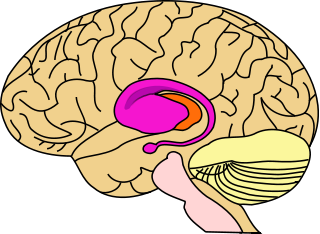
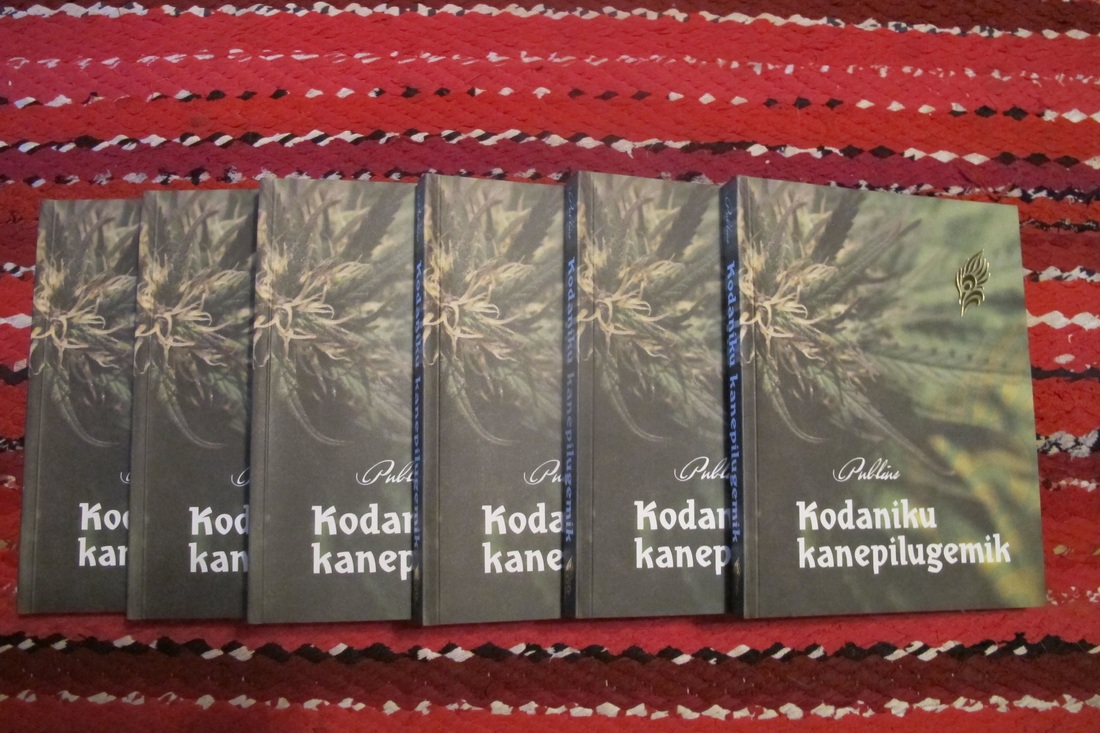
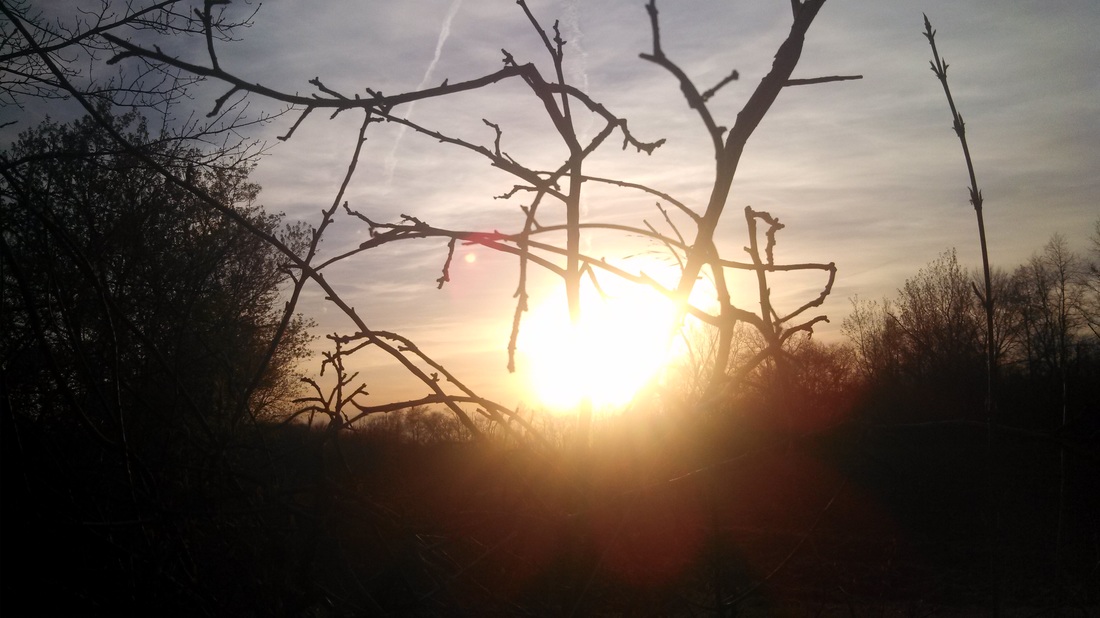
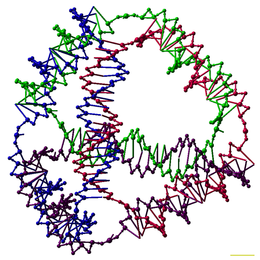
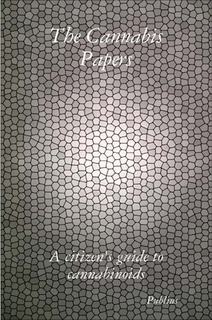

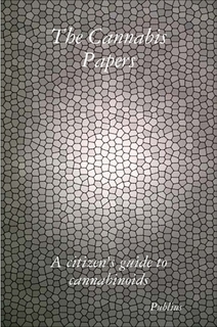

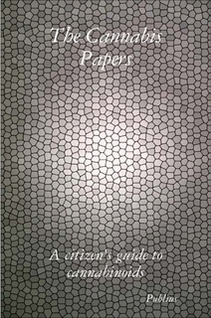
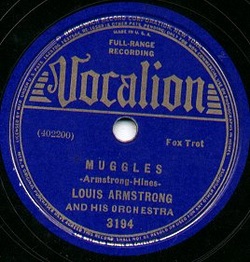
 RSS Feed
RSS Feed
